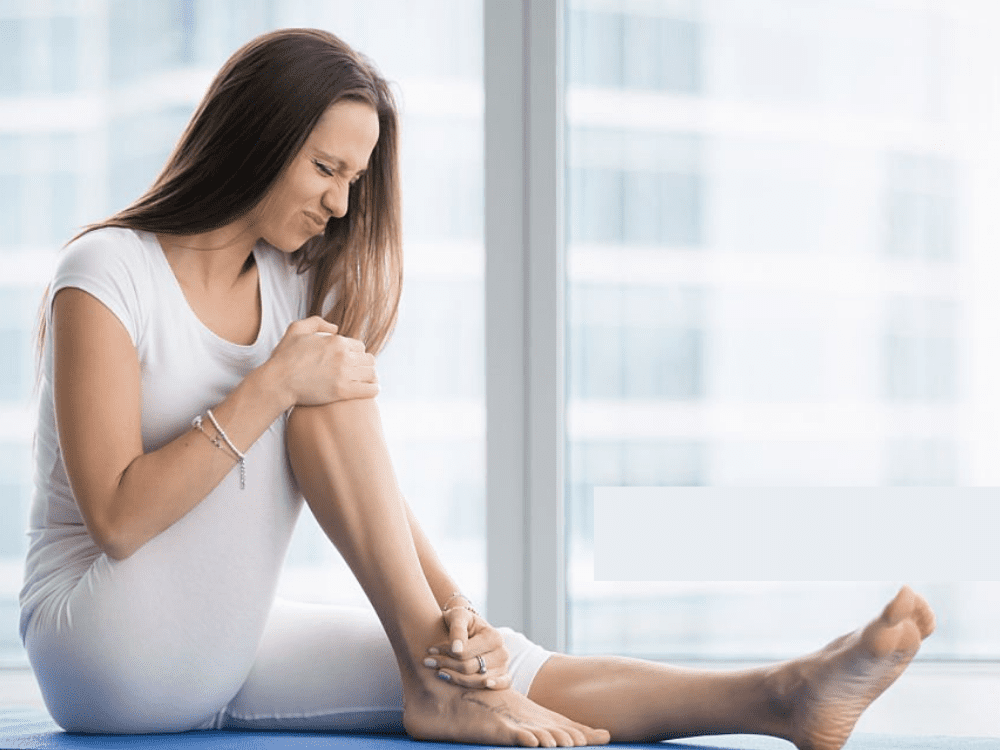Joint Pain Treatment 2024
Joint pain, also known as arthralgia, refers to discomfort, soreness, or aching sensations in one or more joints of the body. Joint pain can vary in intensity and duration and may be caused by various underlying factors.

Causes Joint Pain Treatment :
- Injury or Trauma: Accidents, sports injuries, or repetitive strain injuries can damage joint structures, resulting in pain.
- Infection: Bacterial or viral infections, such as septic arthritis can affect the joints and cause pain.
- Rheumatic arthritis: A chronic inflammatory disorder that affect many joints. It occur when the immune system attack its own tissue. It causes pain, swelling, stiffness, and loss of function in joints.
- Osteoarthritis: Its most common type of arthritis. Osteoarthritis is a degenerative joint disease, in which the tissue in the joint break down.
- Gout: Gout is a form of arthritis caused by excessive uric acid build up in your body. It is a form of inflammatory arthritis. It can cause swelling and redness and in some cases it can lead to lumpy deposition also.
- Bursitis: It is a painful swelling in a bursa (a small sac filled with lubricating fluid present in the joints of body).
Types Joint Pain Treatment :
- Acute Joint Pain: Sudden and intense pain that typically occurs as a result of injury, trauma, or infection.
- Chronic Joint Pain: Recurring pain lasting for weeks, months, or even years. Commonly
associated with conditions like osteoarthritis and rheumatoid arthritis.
- Localized Joint Pain: Affects one specific joint often due to injury or osteoarthritis.
- Generalized Joint Pain: Involves multiple joints throughout the body, commonly seen in conditions like rheumatoid arthritis.
Symptoms Joint Pain Treatment :
- Pain
- Stiffness
- Swelling
- Redness and warmth
- Decrease range of motion
- Weakness
- Fatigue
- Fever
According to Ayurveda
Joint pain occur due to imbalance of vata dosha. Vata is responsible for movement and spaces, which corresponds to the space between the joints.
Joint pains have broadly been classified under Sandhivata and Ama Vata by Ayurveda. While Ama Vata correlates to rheumatoid arthritis and sandhivata is correlates to osteoarthritis in terms of pathology, the other type is close to arthritis from ageing. In both forms of joint pains, there is an involvement of Vata.
Osteoarthritis (Sandhivata) – It means a condition in which vitiated Vata is located in the joints and destroys the joints. According to Ayurveda, Osteoarthritis occurs due to aggravation of Vata Dosha at the joint and called as Sandhivata.
Symptoms of Osteoarthritis (Sandhivata) –
The first symptom of Sandhivata is joint pain.
- · Swelling in joints.
- · Grating sounds due to damage of joints.
- · Pain in joints during movements.
- · Sounds like a transparent container filled with air.
- · Pain and swelling in joints, grating sounds due to damage of joint, joint pains during movement.
Amavata (Rheumatoid arthritis) – is a disease in which vitiation of Vata Dosha and accumulation of Ama take place in joints, which pretend rheumatoid arthritis (RA) in modern. Ama is a maldigested product, which is not homogeneous for the body. Whenever that Ama gets localized in the body tissue or joints, it can lead to production of pain, stiffness, swelling, tenderness, etc., in the related joints.
Symptoms of Rheumatoid arthritis (Amavata) –
- Body ache
- anorexia
- morbid thirst
- laziness
- heaviness
- feverishness
- indigestion
- edema in body parts are the general features of amavata in its initial phase.
When the disease aggravates, it causes severe pain associated with swelling especially in joints of upper and lower limbs.
Ayurvedic Management
Nidanparivarjan is the first line of treatment.
- Consume foods that have anti-inflammatory properties, such as ginger, turmeric, and garlic.
- Avoid processed, fried, and sugary foods, as they can worsen inflammation.
- Herbal Remedies:
- Ashwagandha, Guggul, and Shallaki are herbs often used to reduce joint pain and inflammation.
- Turmeric, especially in combination with black pepper, is known for its anti-inflammatory properties.
- Ayurvedic medicated oil can be used for external application.
- Ayurvedic Therapies:
- Panchakarma: This detoxification therapy can help in eliminating toxins from the body.
- Regular oil massage with warm oil can improve joint flexibility and reduce pain.
- Swedan helps in relaxing and reducing inflammation in the joints.
- Yoga and Exercise:
- Regular, gentle yoga practices can help improve joint flexibility and strength.
- Avoid high-influence exercises that could aggravate joint pain.
- Dietary Supplements:
- Ayurvedic supplements may be recommended by an Ayurvedic practitioner.
- Consult an Ayurvedic Practitioner: It’s essential to consult with an Ayurvedic practitioner who provide personalized recommendations and treatments based on your condition. Top of Form



